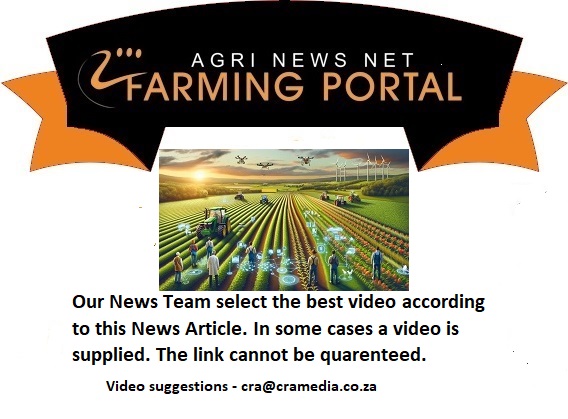This is according to the first of four wine crop estimates issued annually by viticulturists and producer cellars. This estimate, however, is still lower than the average harvests of the past 10 years.
Cool and wet conditions characterised the post-harvest period and provided welcome relief during the recovery of vines after the harvest. The lower crop load of 2023, the early completion of the harvest and sufficient water availability positively contributed to vineyard reserves to start the winter on a good footing.
The Cape winegrowing areas experienced an excellent winter, characterised by low temperatures and an above-average rainfall that brought soil profiles and storage dams up to capacity. This was especially welcomed in dryland areas such as Cape Town and Swartland, while brackish soils in the drier cultivation regions such as the Klein Karoo and Olifants River benefited from the leaching of salts.
Spring was action-packed. Frost damage to low-lying Chenin Blanc and Colombar, especially in the Breedekloof and Worcester region, had producers worried, but given the early nature of the damage, vineyards were able to recover to some extent through fertile secondary buds and late pruning actions. Cool and wet conditions continued with heavy downpours and gusty winds at the end of September where vineyards on riverbanks were hit hardest by the floodwaters. The soil conditions, mud that stuck to leaves after the storms, high humidity, and limited access to vineyards due to the wet soil conditions resulted in downy mildew in some vineyards.
 Why Stellenbosch has the perfect climate for red wine in South Africa
Why Stellenbosch has the perfect climate for red wine in South Africa
The early summer was characterised by moderate temperatures and below-average precipitation. It stimulated active growth and aided flowering and set for most cultivars. Strong winds in coastal areas such as Stellenbosch had a limiting impact on the set of late cultivars such as Cabernet Sauvignon, but the positive impact of groundwater reserves on berry size is expected. Vine growth is generally showing very well.
“The positive impact of climatic conditions leading up to the harvest outweigh the limiting factors, despite the continuing declining trend in the national area under vines, which currently stands at 89384 hectares (SAWIS 2022),” says Etienne Terblanche, manager of Vinpro's team of viticulture experts who issue the harvest estimates together with the industry body, SAWIS. “The potential impact of load shedding will only become apparent closer to harvest time and is being closely monitored. If environmental conditions play out as predicted and producers adapt management practices accordingly, a good quality harvest can be expected.”
“The South African wine industry is in the midst of a repositioning phase to overcome various challenges on the one hand, but also to ensure sustainable growth and investment," says Rico Basson, South Africa Wine CEO. "Measured against some of our competitors, our wine industry is excellently placed to overcome challenges and with a focused approach unlock value growth in the tourism, local and international markets which relieves financial pressure at farm level.”
The next crop estimate by viticulturists and producer cellars will be released in January 2024.















